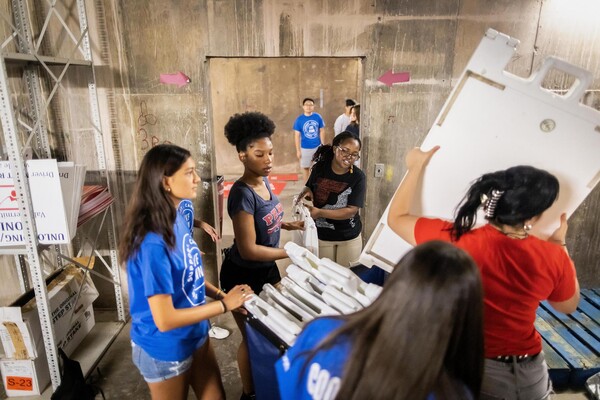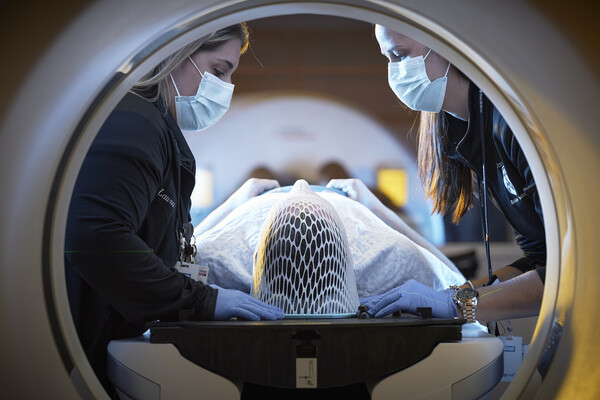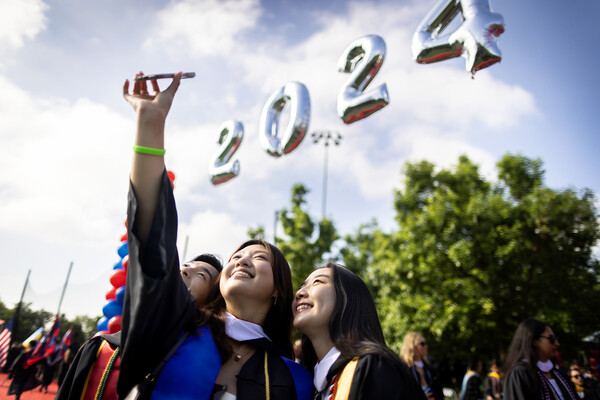Black, Hispanic, and American Indian students remain underrepresented in medical schools, despite increasing efforts to create a diverse physician workforce, according to a new study by researchers in the Perelman School of Medicine. Though absolute numbers of historically underrepresented medical students have increased over time, these changes occurred at a rate much slower than their age-matched counterparts in the U.S. population. The findings were published in JAMA Network Open.
“Recent studies have shown a steady increase in the enrollment of nonwhite medical students over the past decade. While those numbers are promising, they don’t tell the full story,” says the study’s co-senior author Jaya Aysola, an assistant professor of medicine, assistant dean of the Office of Inclusion and Diversity, and executive director of the Penn Medicine Center for Health Equity Advancement. “We still have a long way to go before our physician workforce mirrors the population of patients who they serve.”
The findings come after a decade-long focused effort to diversify the medical field in response to mounting evidence that demonstrates the benefits—including the advancement of patient care, science, and health equity—of a physician workforce reflective of its patient population.
Read more at Penn Medicine News.








